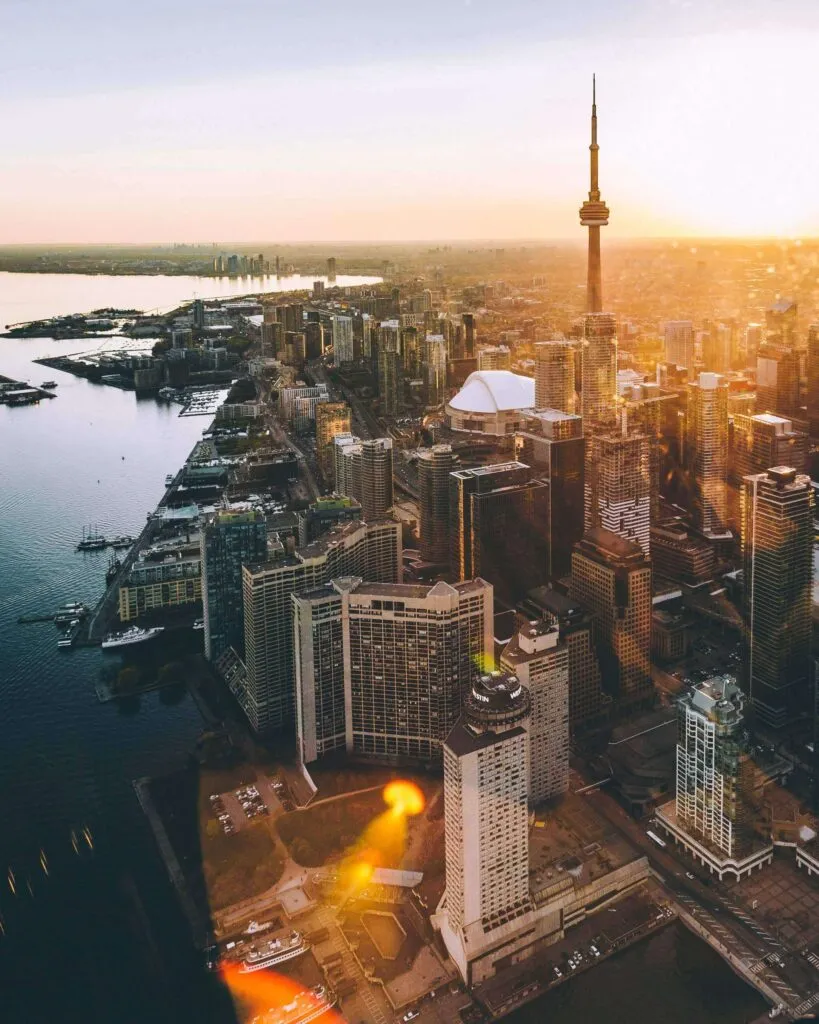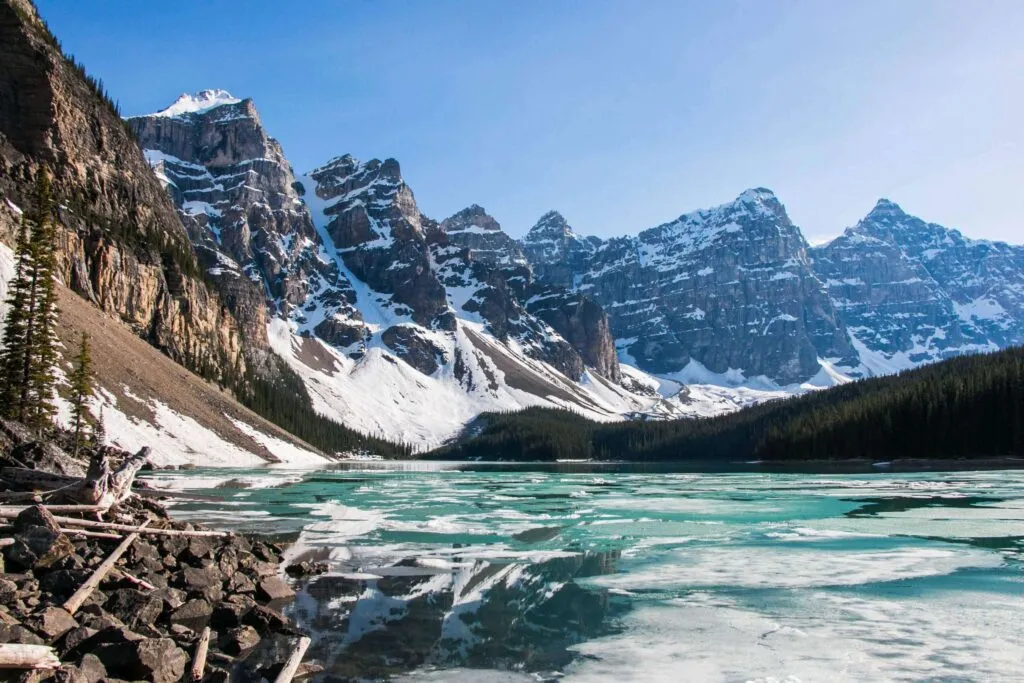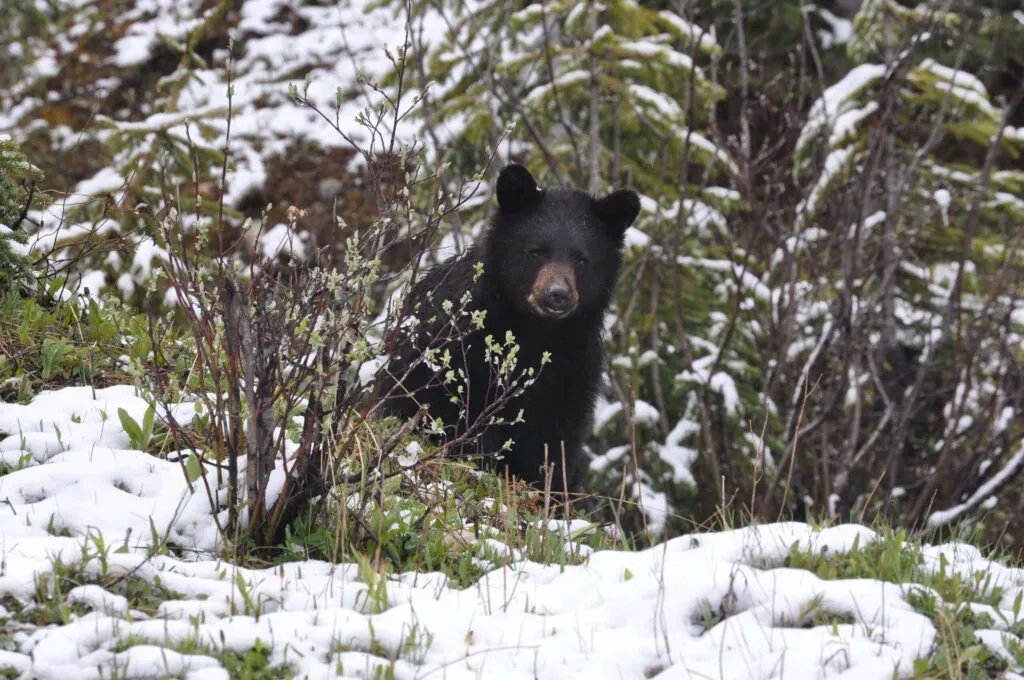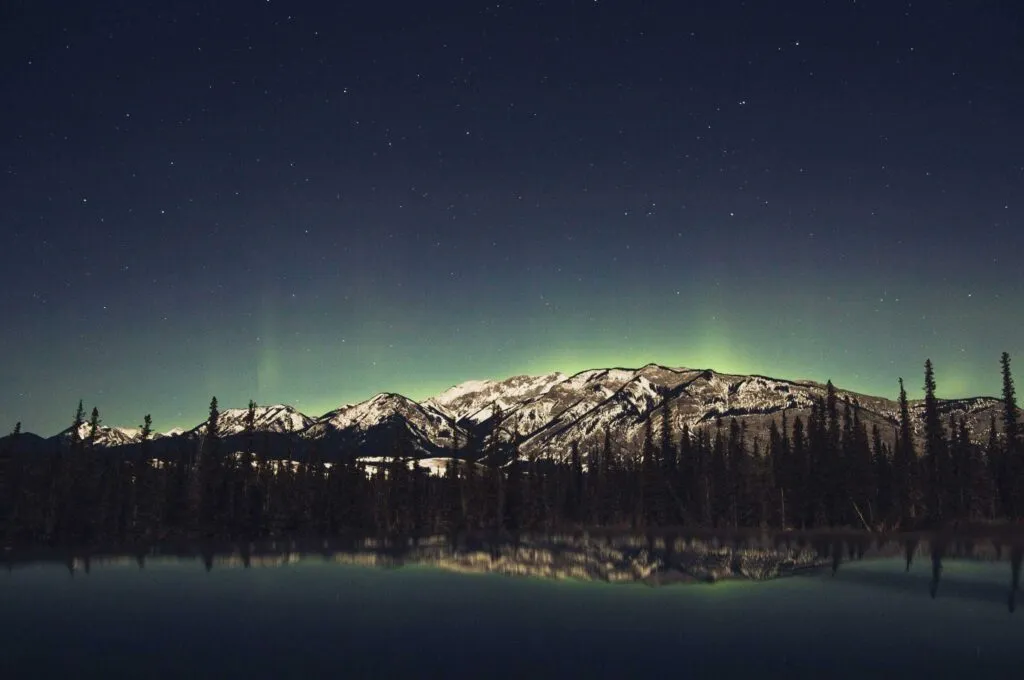Poutine, grizzly bears, skiing, northern lights, French influence, spectacular wilderness, maple syrup, hockey, cosmopolitan cities, icy tundras, the Canadian Rockies, Niagara Falls, Whistler, friendly locals, polar bears, surfing… Canada is a country that is as diverse as it is huge, and many travellers to the region underestimate the sheer landmass of The Great White North. Here’s our guide on everything you need to know before you travel to the second-largest country in the world.
1. Know your visa requirements
Since 2016, it’s mandatory for most travellers who are visa-exempt and wishing to fly (or transit through) any Canadian airport to obtain an eTA – an Electronic Travel Authorisation – before they travel. It’s a simple online process that’s fast and inexpensive, costing just CAD$7. Countries on the visa-exempt list include Australia, France, the UK, Germany, Ireland, Italy, Denmark, Poland and Mexico. A full list of visa-exempt countries can be found here.
Handy hint: Travellers on the visa-exempt list only require an eTA if flying into Canada; if you enter the country via car, bus or boat, then you do not require an eTA, just travel documents such as a valid passport.
If you’re travelling from a country not listed above, such as India, Fiji, Afghanistan, Egypt or Turkey, then you’ll require a visa for all types of entry into Canada, whether you’re flying or arriving by land or sea. For a full list of countries that require a visa, read the entry requirements for entering Canada on the official website.
If you’re travelling from the US, depending on your circumstances you may just require your valid US passport. However, it’s always best to check with the Canadian Government website before you travel, to determine which travel documents you’ll require in order to visit Canada.
All visitors should read the official Canadian Government website for more information and to apply for an eTA or visa before they travel.
2. Be prepared for the weather
Mountains, tundra, forests, deserts, prairies… The landscape of Canada is diverse and experiences different weather climates throughout the year. There’s one thing the entire country has in common though – it gets cold! While parts of Canada have mild temperatures in the summer months, the winter months across the country can be intensely bitter, so don’t forget to pack your winter woollies. It’s not uncommon for the mercury to drop below zero in most regions, especially in northern and mountainous areas, and several cities and towns across Ontario, Quebéc and Alberta drop below -30 degrees Celsius. Snowstorms, avalanches and road closures are prevalent, so be prepared for some extreme weather conditions, especially if you plan to travel in winter.

Up north, Canada is a permanently frozen arctic tundra all year round, while the West Coast experiences milder weather, influenced by the Pacific Ocean. Ontario and Quebéc are often quite humid in the summer months, and up in the mountains the temperature dips considerably, even in July.
No matter where you’re planning to visit and what time of year, it’s a good idea to pack lots of layers, plus a warm coat, sturdy shoes and a woolly hat so that you’re prepared for any weather condition.
3. Don’t underestimate the distances between places
Like Australia, Canada is a huge country (it’s roughly the size of all of Europe), so don’t expect to cover off a lot in a small amount of time. There are 10 provinces and three territories and travelling between big cities and regions takes an enormous amount of time; the last thing you want is to spend your entire trip in transit. If you don’t have several weeks up your sleeve to explore the country in-depth, then consider choosing one area, such as the west coast of British Columbia, the Rocky Mountains or central Canada to focus on; you’ll get more out of your trip and won’t feel constantly rushed. By spending a bit of time planning and researching the distances between places, you’ll be able to create a manageable itinerary and get more out of your trip. The same goes for picking which airport to fly to; the major international ones include Vancouver International Airport, Toronto Pearson International Airport, Calgary International Airport and Montréal-Pierre Elliott Trudeau International Airport, and choosing which one to arrive and depart from depends on which part of the country you want to explore. For a seamless start to your trip, pre-book your Canada airport transfer on Jayride.com.
You might also like: 8 Things To Know before Travelling To Australia
4. There’s out-of-this-world beautiful scenery and wilderness
From the pristine glaciers of Jasper National Park in the Canadian Rockies, thousands of wild wood bison roaming at Elk Island, and the powerful cascade of Niagara Falls, to the snow-capped mountains of Banff National Park (Canada’s oldest national park), stretches of beaches at Gros Morne National Park in Newfoundland and coastal rainforests on Vancouver Island, Canada’s outdoors has to be seen to be believed. Not to mention the lakes! In fact, 80 per cent of Canada’s land mass in made up of fresh-water lakes. Eye-popping azure blues contrast against stark snow-capped mountains or lush green forest, and many of Canada’s lakes, such as Moraine Lake in Banff National Park, are fed by slowly melting glaciers, making for a dramatic photo.
Whether you enjoy stargazing, camping, hiking, surfing, swimming, whale watching, kayaking or simply getting out of the city, Canada’s wilderness is sure to delight and inspire.
You may also like: 7 Unforgettable Ways To Experience Canada

5. Bears are beautiful… but don’t get too close
While seeing wild bears is a major drawcard for wildlife and nature enthusiasts, it’s very important to remember to exert caution if you’re planning to visit bear territory. Grizzly bears and black bears are often found in national parks around Canada, especially during the summer months. So if you’re planning a jaunt in nature, there are a few safety precautions to take heed of: make sure all food you take in with you is sealed in an airtight container, don’t dispose of any food or rubbish in the park, and if you’re camping, make sure you cook any food away from the campsite. Check with park websites to see if there’s been any recent bear sightings, and stick to designated hiking trails. The Parks Canada website has really important advice on bear safety that every visitor should familiarise themselves with ahead of travel.

6. They tip in Canada, too
Like the US, tipping is expected in industries such as hospitality, services and tourism. A tip is not usually included in the bill, so you’ll have to add it yourself; it’s standard to tip between 15-20 per cent of the total bill (extra if the service was exceptional).
Handy hint: Unlike the US, people working in hospitality and service roles in Canada receive a decent minimum wage, so do not require tips to earn a liveable wage.
7. Visiting Québec? You should learn un peu de français
While English is widely-spoken in Québec, the official language is French, and French Canadians are proud of it. Learning a few key phrases in French will go a long way, especially when you’re conversing with anyone outside of the main hubs of Montréal.

8. Be aware of time zones
Did you know that Canada spans across six different time zones? These are Pacific Standard Time, Mountain Standard Time, Central Standard Time, Eastern Standard Time, Atlantic Standard Time, and Newfoundland Standard Time. There’s a time difference of four-and-a-half hours between Vancouver in British Columbia on the west coast, and St John’s in Newfoundland and Labrador on the east coast. Bear this in mind if you’re travelling between regions, as you might need to update your watch!
9. You can witness the surreal northern lights
You don’t have to travel to the ends of the earth to be enchanted by the dramatic swirling light show that dazzles the northern hemisphere; there are plenty of places in Canada that offer ideal vantage points to enjoy this wondrous celestial display. The Yukon, Nunavut and the Northwest Territories are your best bet for a chance to see the aurora borealis; for more information on where to see the northern lights in Canada, check out our blog article Where To See The Northern Lights In The US and Canada.

Travelling to Canada? Jayride.com works with local transfer companies all around the country, so for a seamless connection between your flight and hotel, whether you’d prefer a private car or shared shuttle, pre-book an airport transfer on Jayride.com
